Stones or gravel are some of our most beautiful accessories to decorate our outdoor space.
Their resistance, durability, and elegance make them indispensable in our garden.
There are different types, as we explain later, and with them, you can make passage areas, use them to decorate a pot, or give an extra touch to your garden. You have to choose them correctly.

our committment
Here are some tips
Gravel, gravel, natural stones, marble cubes, pine shavings or bark, accessories To choose these accessories for your garden correctly, you must first know the different types that exist; the most used are the following:
Gravel, pebbles, or boles vary significantly in size, color, and texture. You can form paths, give a final touch to pots, or decorate fountains, ponds, or water courses with gravel or gravel. They also contrast very well with the color of the grass.
The small sizes are ideal for walking paths; however, for decorative courses, the largest specimens of marble bowls or granite bowls with rounded finishes are used that you must delimit with curbs. The colors vary; white and black are elegant, beautiful, and modern.
You can also find them in brown, gray, or bold reddish colors, all very suitable for decorating your garden. There are also crushed ones with a more rustic and natural appearance.
Natural stone for paths
The natural stone used in paths effectively connects the entire environment of a garden. This is regardless of the type of landscape design applied and the type of elements. These garden stones will always guide laying paths through the gardens and only require a little effort to apply to the surroundings.
We can mention the use of stones in Japanese gardens where these, in large uncarved sizes, are used as walls around the passages to delimit their extension.
Natural stones such as shell mixtures give a pleasant, fresh, harmonious Mediterranean appearance.
The marble dice, cut in the shape of a cube, are available in white, red, yellow, ivory, green, black, or pink. They give your garden a more modern and orderly touch, although they are much more expensive.
Decorative pine shavings or bark are natural materials that also fit in your garden, although they must be replaced over time because they are exposed to a natural process.
The large stones add a natural feel and oriental style. You also have completely round decorative balls in different sizes, which give it a more modern touch. Monoliths, Moais, or Buddhas are another exotic and exclusive option to decorate your favorite corners.
Whichever stone you choose, be sure to put a good, strong base and an anti-germination tarp underneath to prevent weeds.
As advantages of this type of materials, we can tell you that they are economical, they help us have a more sustainable garden with low water consumption, they are relaxing, easy to install, and they can serve as an alarm when thieves enter the house (gravels do noise when stepping). As drawbacks, we have to tell you that some are dirtier or perishable, but it is worth getting good advice from your landscaper since the result is lovely.
White decorative gravel
White gravel is used to give elegance and highlight details in gardens. This material is the element that marks the contrast between the different colors of the plants, the soil, and even the gravel of other colors. It is also used for the design of decorative figures on the substrate or fixed to the walls with different types of adhesives.
The white color of this gravel for gardens gives a touch of sophistication and a mountain atmosphere to any garden design. In models where these decorative rocks are used, they are found accompanied by plants such as cacti (Cactaceae), aloe vera (Aloe vera), or palm trees (Arecaceae).

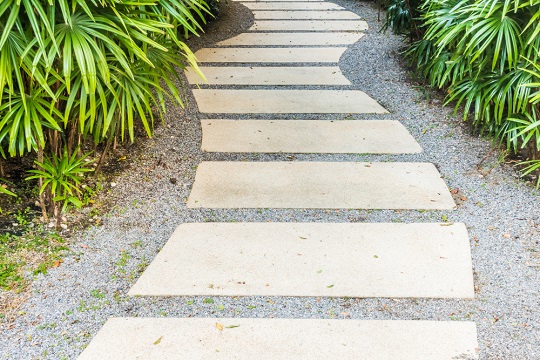 It is generally used to create paths, stairs, wall decorations, and cave designs. Its versatility to adapt to different applications is due to its design. Furthermore, as carved rectangular, they are ideal for creating paths, being regularly separated by grass, gravel, or natural soil.
It is generally used to create paths, stairs, wall decorations, and cave designs. Its versatility to adapt to different applications is due to its design. Furthermore, as carved rectangular, they are ideal for creating paths, being regularly separated by grass, gravel, or natural soil.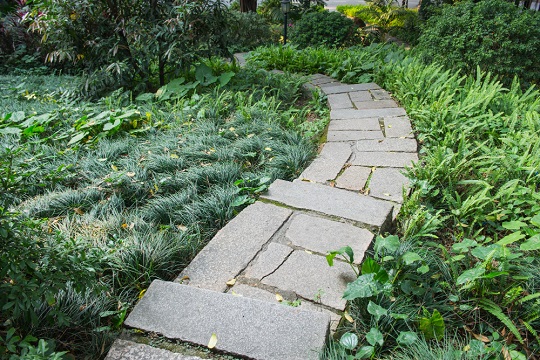 Decorative stones for the garden are today one of the most demanded products in any construction store.
Decorative stones for the garden are today one of the most demanded products in any construction store.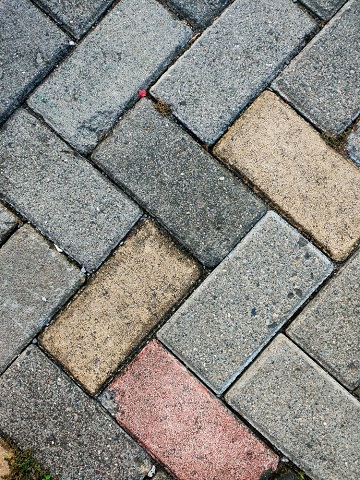 Fortunately, the earth is vibrant in terms of elements.
Fortunately, the earth is vibrant in terms of elements. Bowling.
Bowling. There are as many ways to decorate a garden with decorative stones as your creativity desires.
There are as many ways to decorate a garden with decorative stones as your creativity desires.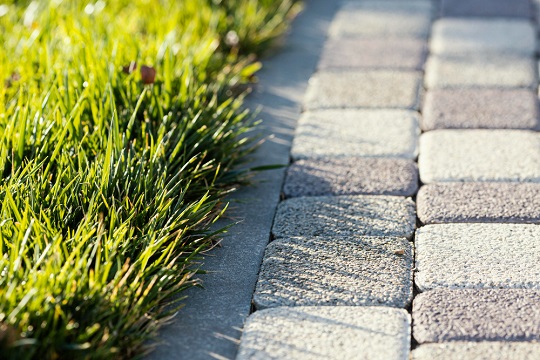 Stones as a decorative and functional element
Stones as a decorative and functional element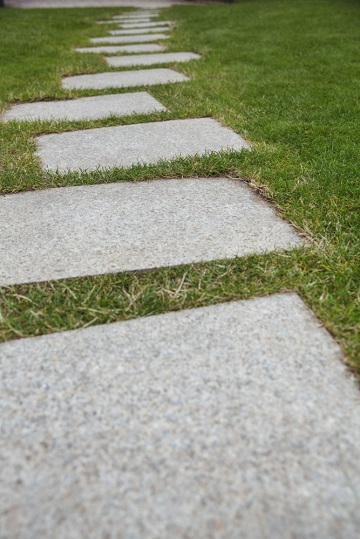 In the most worked cases, the rockery has unevenness with a steep slope. This type of garden is found mainly in botanical gardens and specialized parks. If you have enough budget at home, it is possible to create similar environments.
In the most worked cases, the rockery has unevenness with a steep slope. This type of garden is found mainly in botanical gardens and specialized parks. If you have enough budget at home, it is possible to create similar environments.